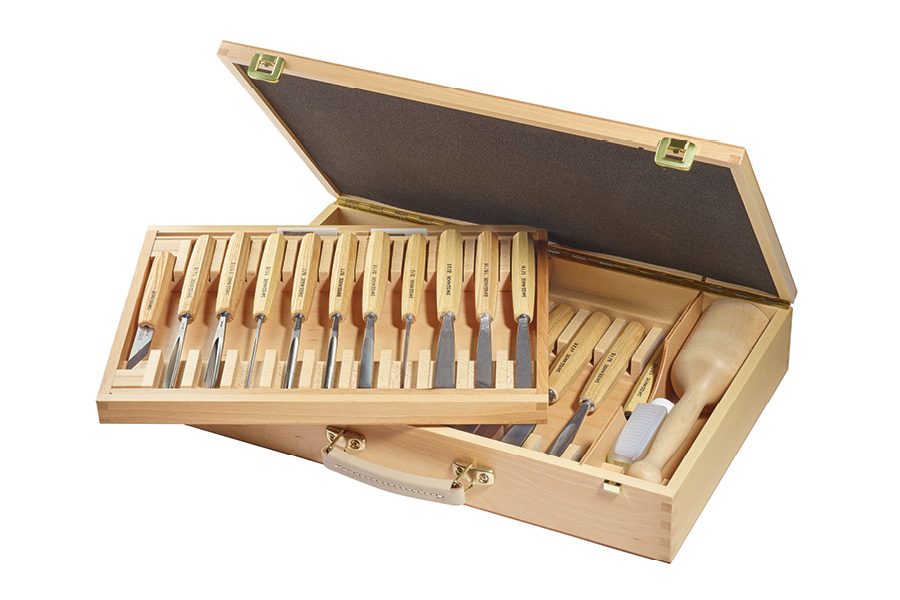How People Shape Wood by Hand
Whittling is an age-old craft where people carve shapes from wood using nothing but a simple knife—yes, just a knife—and steady hands. It stands as one of the most accessible forms of woodworking, needing only basic tools while offering endless room for creativity. People whittle for many reasons: to relax, express creativity, practice craftsmanship, or create useful objects. The results range from rough, rustic figures to intricate, detailed sculptures.
Choosing the Right Wood
Most whittlers start by picking a soft wood like basswood, pine, or cedar. These woods are easier to carve and less likely to split, which makes them ideal for smooth, controlled cuts—especially for beginners.
Basic Whittling Cuts and Techniques
Whittling relies on a few core cutting techniques:
- Straight cuts to remove larger sections of wood
- Pull strokes (pare cuts) to refine shapes
- Stop cuts to define corners or edges
- V-cuts to add texture or detail, such as facial features
Whittlers combine these methods to gradually shape wood into the desired form.
Staying Safe While Whittling
Safety plays a crucial role in whittling. Many whittlers wear thumb guards or protective gloves and always carve away from the body. Using a sharp knife improves both control and safety, as it requires less pressure to make clean cuts.
From Rough Form to Finished Piece
After carving the final shape, whittlers often sand the piece for a smoother surface. Many finish their creations with oil, wax, or lacquer to highlight the wood’s beauty and provide protection.
Whittling as a Craft and a Meditation
Whether carving a spoon, a figurine, or simply whittling for pleasure, the process offers both creative satisfaction and a meditative rhythm. It connects the hands and mind to tradition, nature, and the quiet joy of making something by hand.
Master these and become a creator in ‘The Art of Whittling’.
Here are a few links to people to get you started.
- Doug Linker – https://www.youtube.com/@dougLinker
- Gene Messer – https://www.youtube.com/@whittler0507
- Alec LaCasse – https://www.youtube.com/@AlecLaCasseArt
Click here to go back to the main page.




Leave a Reply